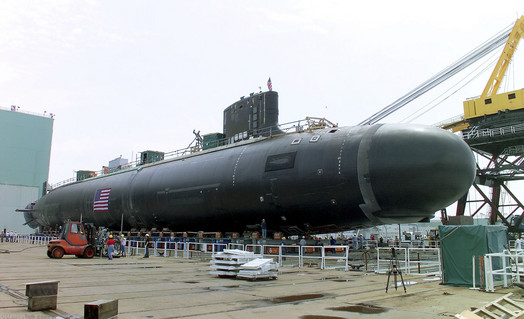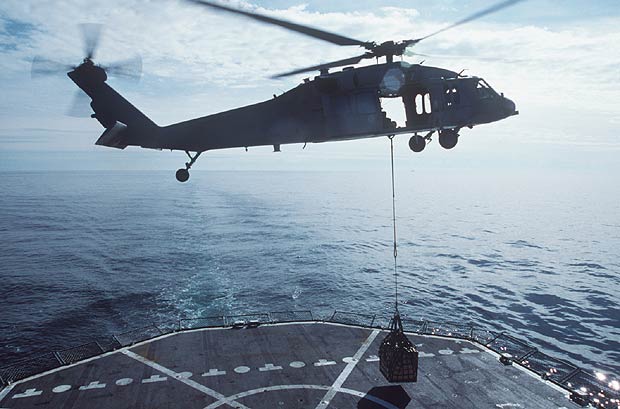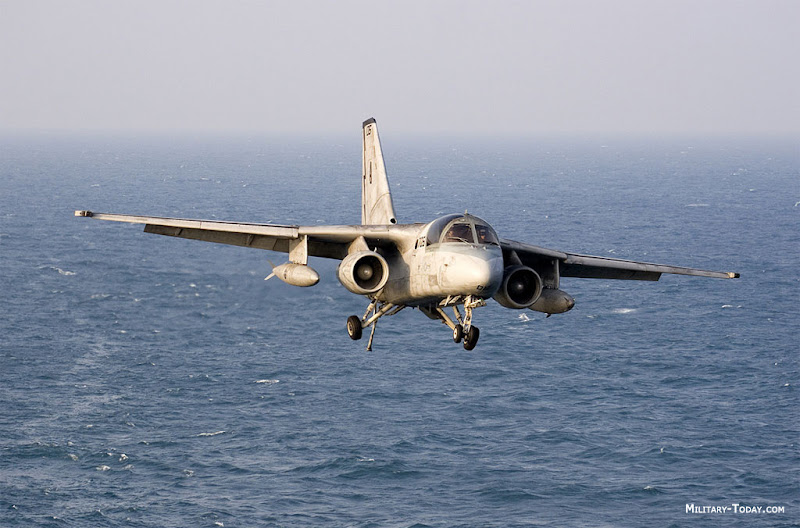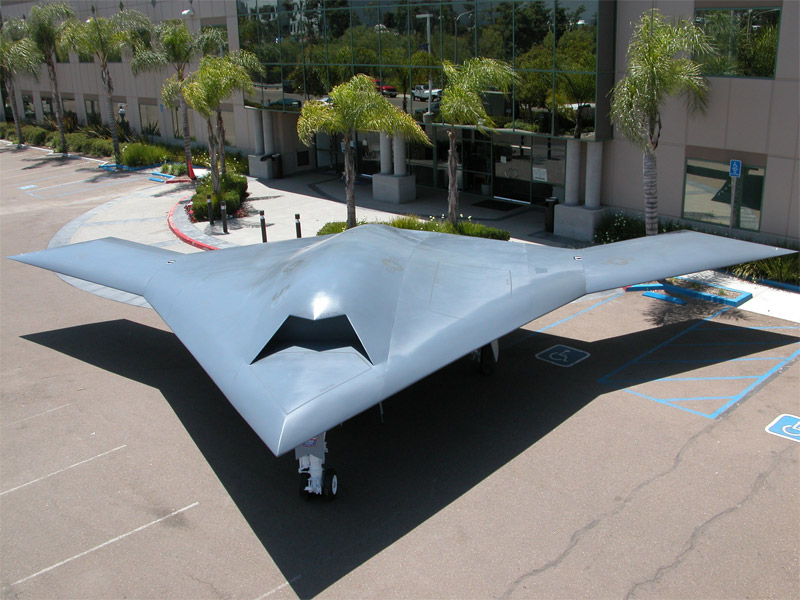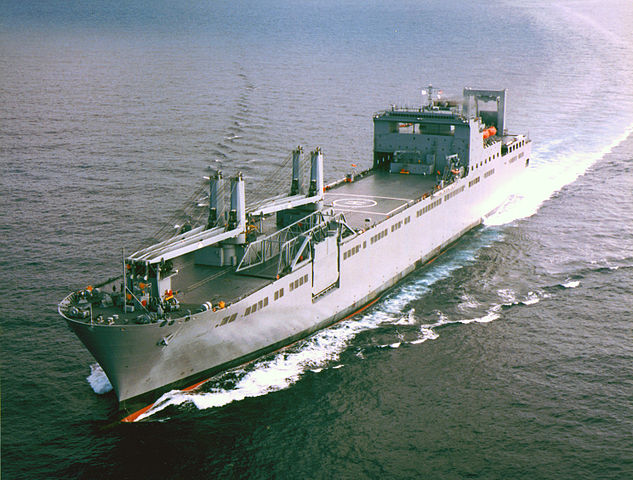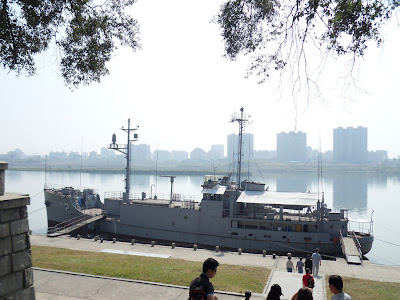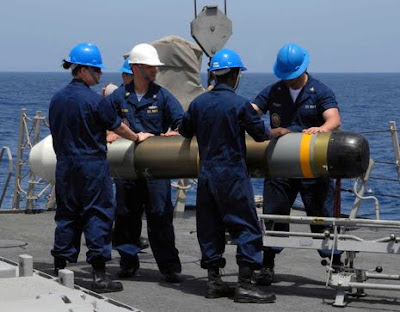
 Takanami class destroyer Japanese anti-submarine warfare. Five destroyers were built by Mitsubishi Heavy Industries (MHI) and IHI Corporation between 2000 and 2004. Takanami class is preceded by Murasame class and was succeeded by Akizuki class destroyers. Takanami class has a helicopter deck and hangar aft to allow the operations of a single SH-60J ASW helicopter.
Takanami class destroyer Japanese anti-submarine warfare. Five destroyers were built by Mitsubishi Heavy Industries (MHI) and IHI Corporation between 2000 and 2004. Takanami class is preceded by Murasame class and was succeeded by Akizuki class destroyers. Takanami class has a helicopter deck and hangar aft to allow the operations of a single SH-60J ASW helicopter.The keel of the first ship of the class, Takanami (DD-110), was established in April 2000. It was launched in July 2001 and commissioned in March 2003. Onami (DD-111) was placed in May 2000, launched in September 2001 and commissioned in March 2003.
Makinami (DD-112) was established in July 2001, launched in August 2002 and commissioned in March 2004. The keel of Sazanami (DD-113) was established in April 2002. It was released in August 2003 and launched in February 2005.
The last ship of the class, Suzunami (DD-114), was established in September 2003. It was released in August 2004 and charged with JMSDF in February 2006. All boats are named after World War II destroyers. The Takanami class destroyers are capable of conducting anti-submarine warfare (ASW) and anti-surface warfare (ASuW) operations.
